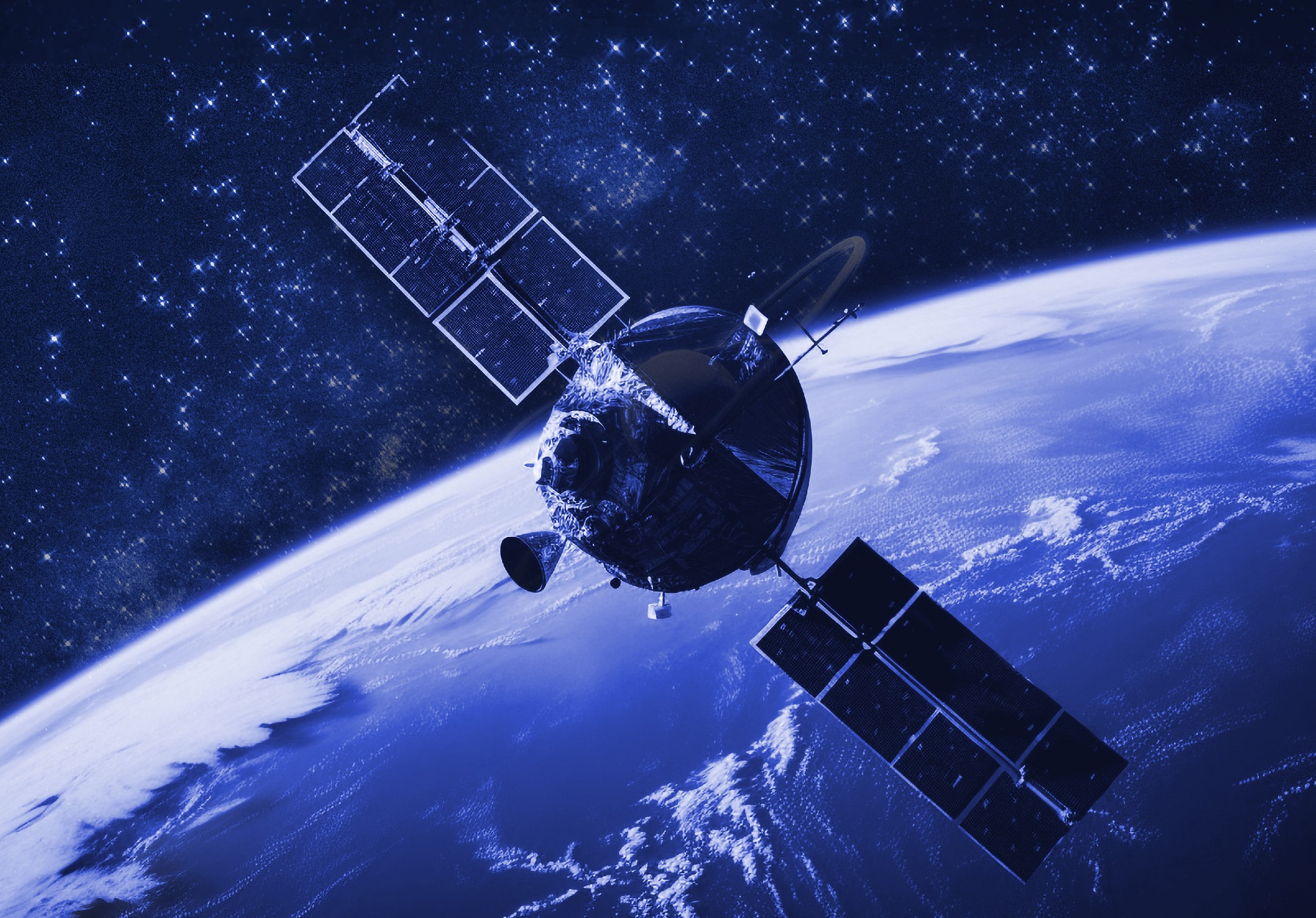Bridging the Digital Divide: The Role of Satellite Connectivity in Africa
-
October 29, 2024
-
4 min read

In the heart of Africa, where the landscapes range from arid deserts to lush rainforests, the quest for reliable internet connectivity often seems daunting. For instance, in regions like the Democratic Republic of Congo, where dense jungles impede traditional infrastructure development, satellite connectivity has become a lifeline. Initiatives like the Internet for All program in Kenya have showcased how satellite technology can transform access to education and healthcare, even in the most remote villages.
As countries strive to harness their digital potential, satellite connectivity stands out as a vital solution, offering not just internet access, but a pathway to empowerment. Take Nigeria’s healthcare sector, where telemedicine initiatives have been made possible through satellite communications, enabling doctors to provide vital consultations to patients in far-flung areas. These real-world applications highlight how satellite technology is not merely a backup plan but a crucial player in bridging the digital divide across the continent.
The Role of Satellite Connectivity in Africa
Satellite connectivity has emerged as a transformative force in Africa, unlocking opportunities that were once out of reach for many. By enabling internet access in remote areas, it facilitates educational advancements, healthcare delivery, and economic development, bridging the digital divide in the region. Moreover, satellite communication proves essential for critical services such as disaster management, where timely information can save lives.
Addressing the Digital Divide
One of the most significant challenges facing businesses in Africa is the digital divide, the gap in access to information and communication technologies between different socioeconomic groups and geographic regions. Satellite connectivity plays a crucial role in bridging this digital divide in various ways, by providing internet access to remote and underserved areas. This enables access to education, healthcare, economic opportunities, and other essential services, reducing the gap between urban and rural populations.
A look at how satellite solutions come to the rescue to address business pain points stemming from the digital divide:

The Rise of LEO, MEO, and GEO – Why is VSAT a proven solution?
The future of satellite connectivity in Africa is bright, thanks to advancements in technology and the emergence of new satellite constellations. Low Earth Orbit (LEO), Medium Earth Orbit (MEO), and Geostationary Orbit (GEO) satellites each offer distinct advantages and cater to different connectivity needs.
Despite what commons perception may be about VSAT technology, such as that it is expensive, has limited bandwidth, is unreliable or difficult to maintain, or that it is only suitable to rural areas, the reality is starkly different.
VSAT technology has been a reliable and cost-effective solution for satellite connectivity in Africa since the past several years, owing to the technological advancement it has undergone making it more affordable with proven reliability in challenging environments. VSAT terminals can be small and portable, making them ideal for use in remote areas and offer substantial bandwidth suiting a wide range of applications. As far as setup is concerned, this technology is increasingly simple to setup and maintain, with operators providing installation and support services for seamless operations. While VSAT is particularly valuable in rural areas where other connectivity has its limitations, it can as effectively be used in urban areas for businesses that require connectivity in multiple locations.
Conclusion
Satellite connectivity is playing a vital role in bridging the digital divide in Africa and unlocking its immense potential. By leveraging satellite technology, organizations can overcome infrastructure limitations, reduce costs, enhance security, and simplify regulatory compliance. As LEO, MEO, and GEO constellations continue to evolve, we can expect to see even greater advancements in satellite technology and its ability to address the unique challenges facing the continent. VSAT technology is essential for critical infrastructure, such as oil and gas exploration, mining operations, and disaster management and has played a crucial role in driving connectivity and development in Africa. By dispelling myths and understanding core benefits in line with business objectives, we can encourage wider adoption of satellite, particularly VSAT, to further bridge the digital divide.
 Share
Share







